Reports suggest that the o1-preview version was trained on an older architecture than mini - which Tom's Guide describes as more powerful, but with a smaller knowledge base.
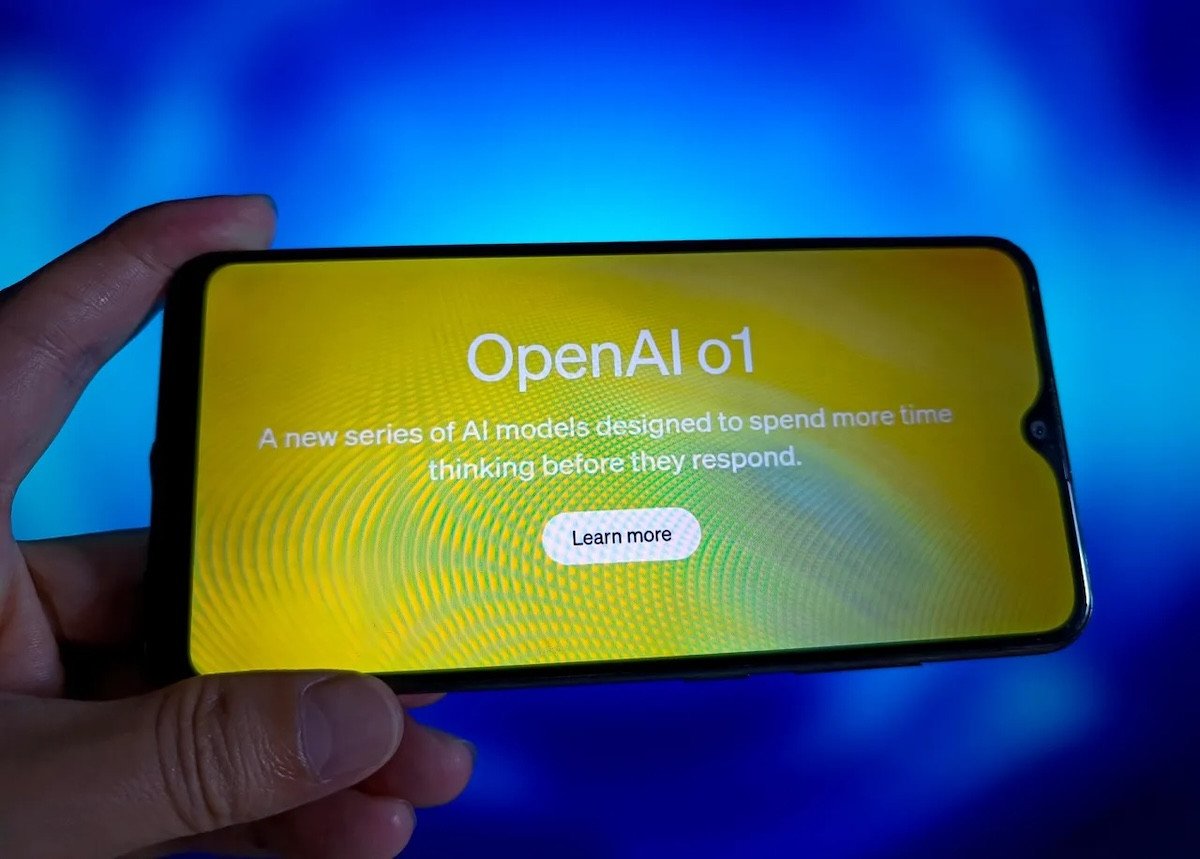
The full o1 version was deemed too powerful to be released to the public without additional security measures and barriers, so the company that owns ChatGPT split it into two versions as above.
The new model is particularly useful for academics, including researchers and students, as they are equipped with PhD competencies in mathematics, as well as other science, technology and engineering subjects.
For example, the new model scored 83% in the International Mathematical Olympiad (IMO) qualifying round, while GPT-4o only solved 13% of the problems correctly. Therefore, when faced with a difficult or complex STEM problem, this model is the best choice for users.
According to the manufacturer, o1 processes queries by solving problems through a deep “thinking” process until it finds a solution. In addition to improved performance and accuracy, o1 is also able to generate full reports, program entire code bases, or provide detailed responses to complex queries compared to other OpenAI models.
ChatGPT Plus and Team users can access o1-preview and o1-mini models from the model selector switch on the top left of the ChatGPT page, with a weekly limit of 30 messages for o1-preview and 50 messages for o1-mini.
In the future, OpenAI also plans to make o1-mini available to all ChatGPT users for free, but no specific timing has been announced.
(Zdnet, Tom's Guide)
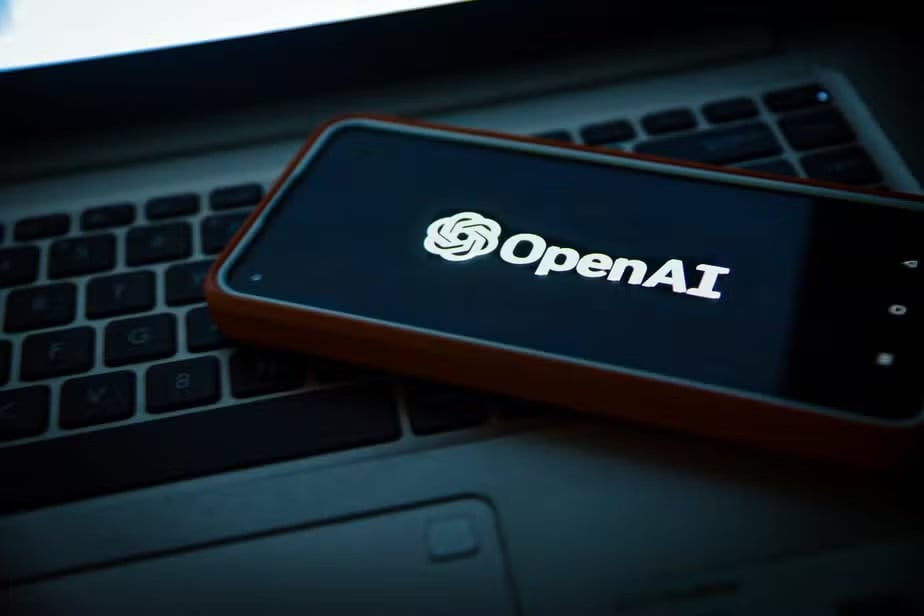
Source: https://vietnamnet.vn/mo-hinh-ai-ly-luan-moi-cua-openai-dat-cap-do-tien-si-toan-hoc-2322558.html




![[Photo] Moment of love: Myanmar people are moved to thank Vietnamese soldiers](https://vstatic.vietnam.vn/vietnam/resource/IMAGE/2025/4/3/9b2e07196eb14aa5aacb1bc9e067ae6f)
![[Photo] Comrade Khamtay Siphandone - a leader who contributed to fostering Vietnam-Laos relations](https://vstatic.vietnam.vn/vietnam/resource/IMAGE/2025/4/3/3d83ed2d26e2426fabd41862661dfff2)

![[Photo] Special relics at the Vietnam Military History Museum associated with the heroic April 30th](https://vstatic.vietnam.vn/vietnam/resource/IMAGE/2025/4/3/a49d65b17b804e398de42bc2caba8368)
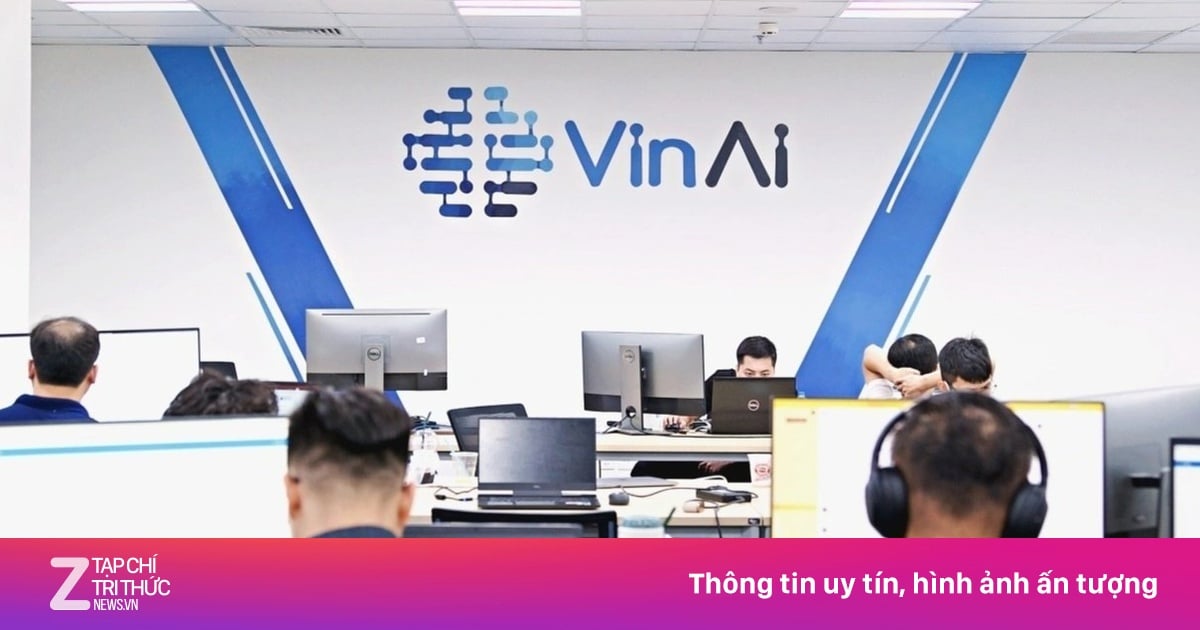

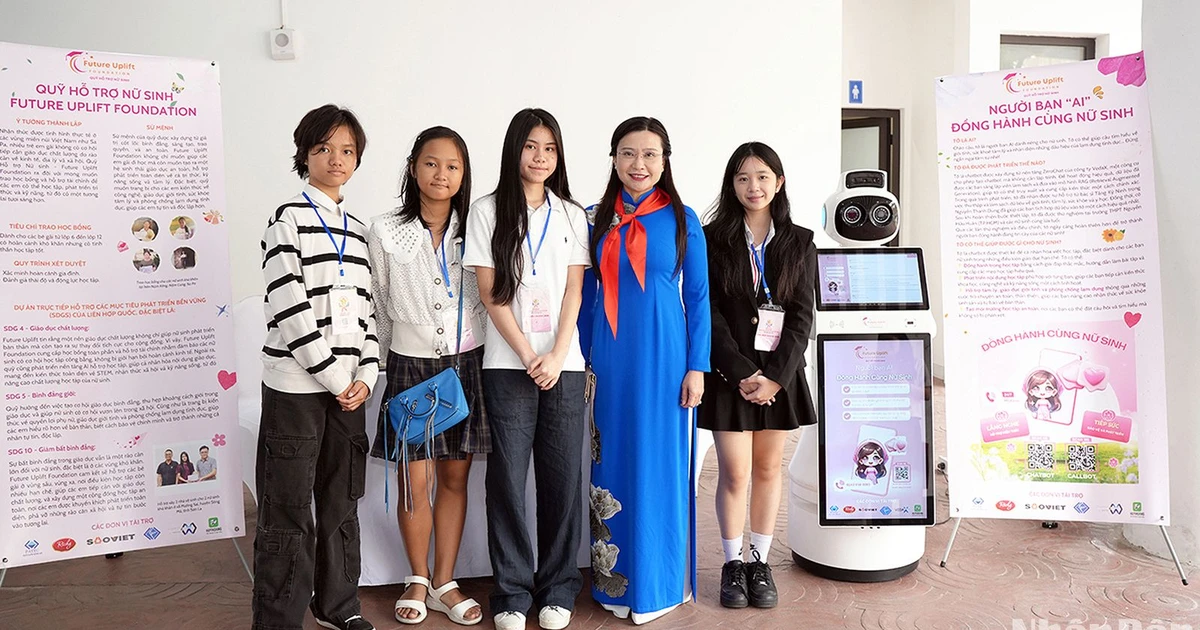

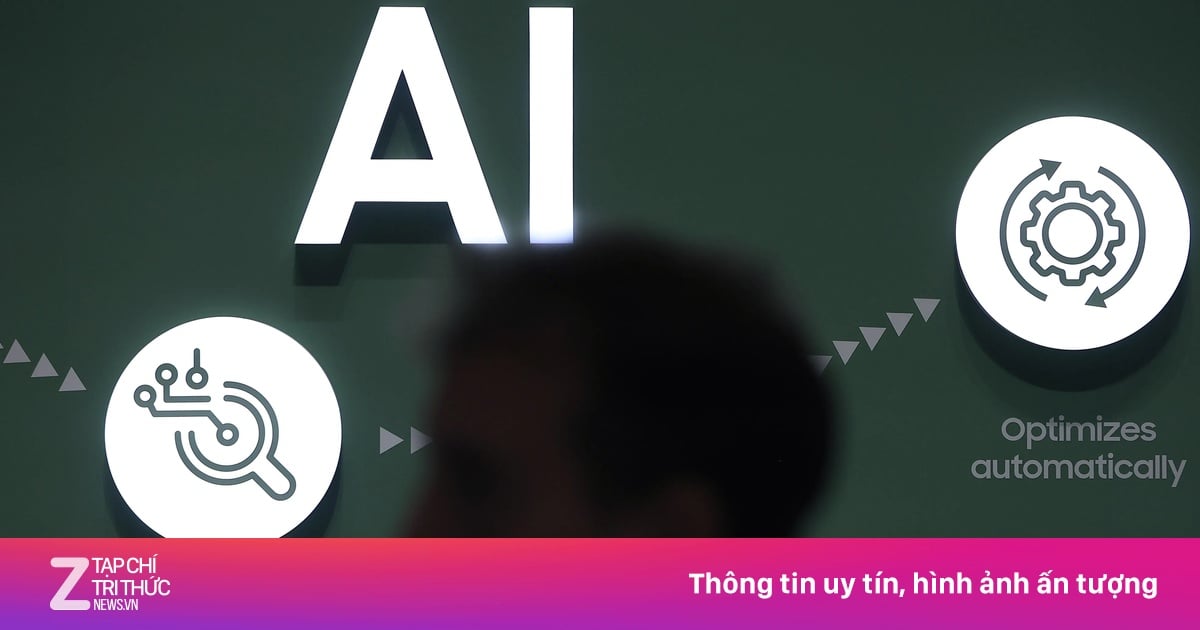
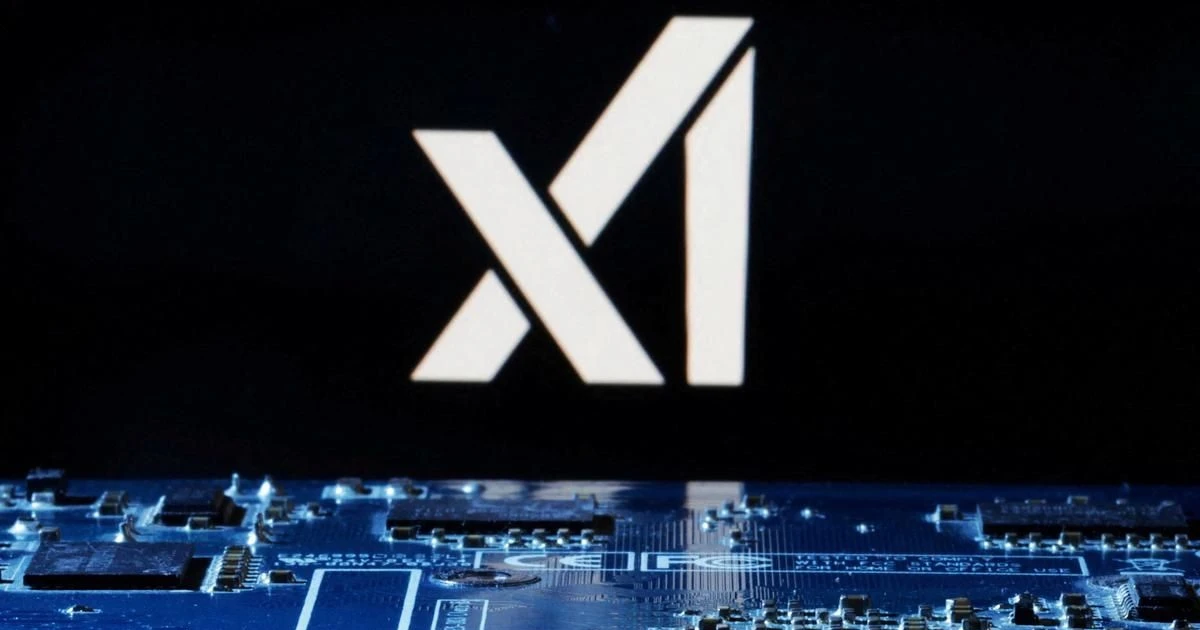

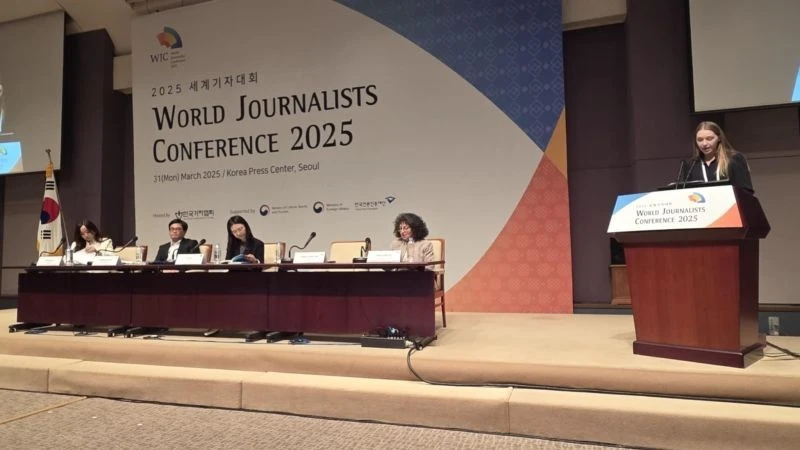




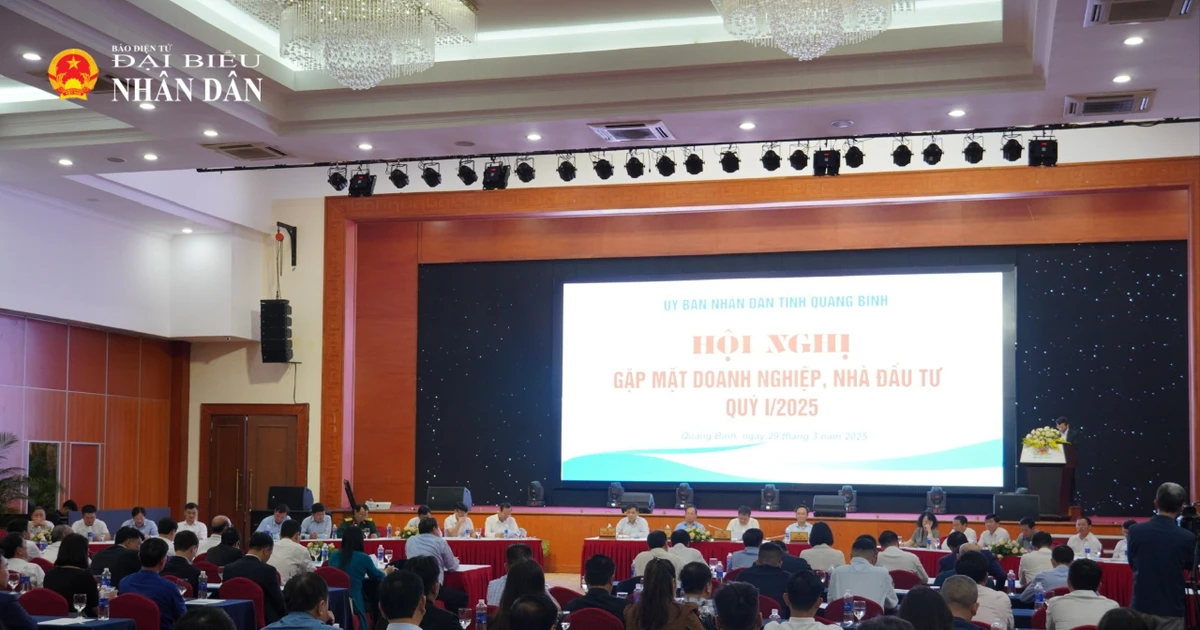
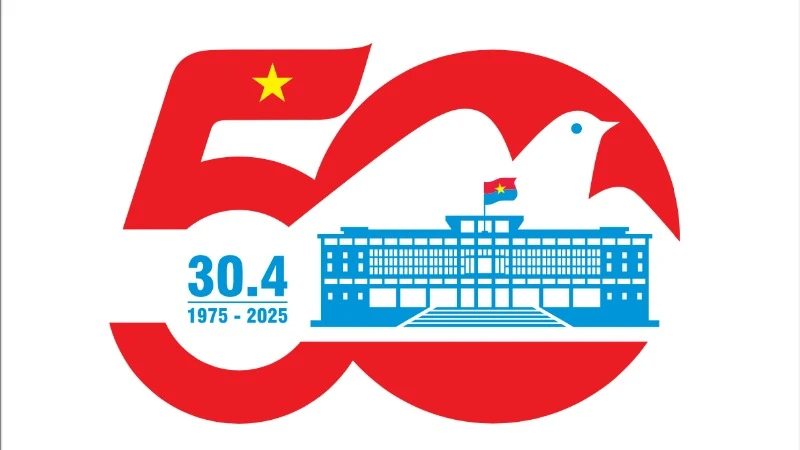








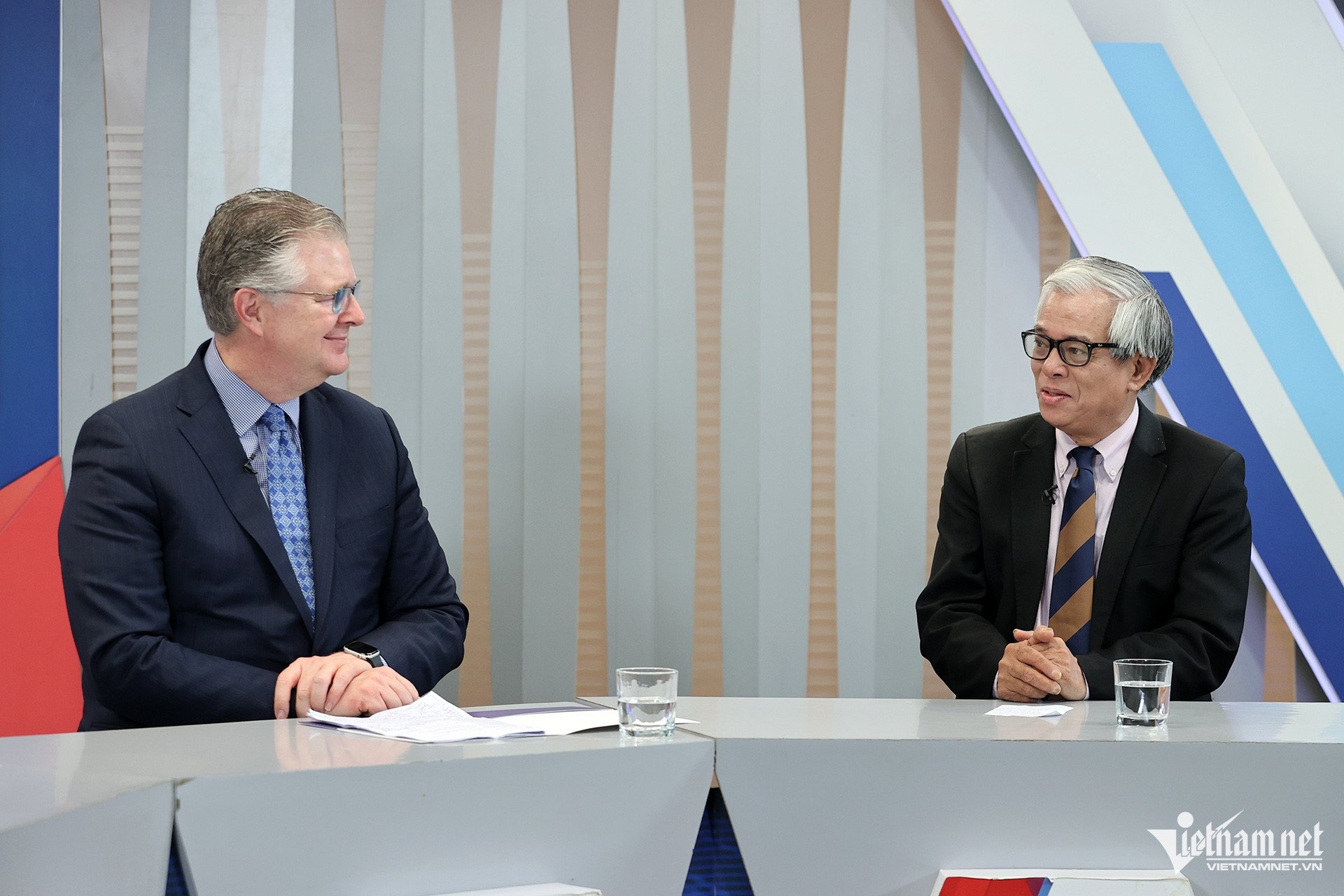



















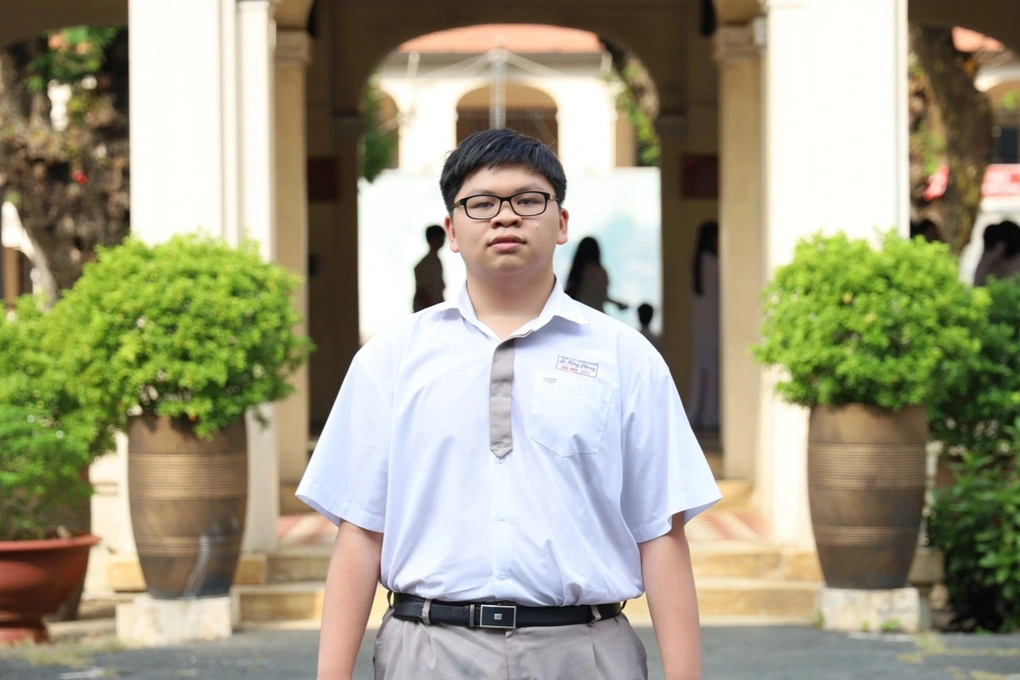
















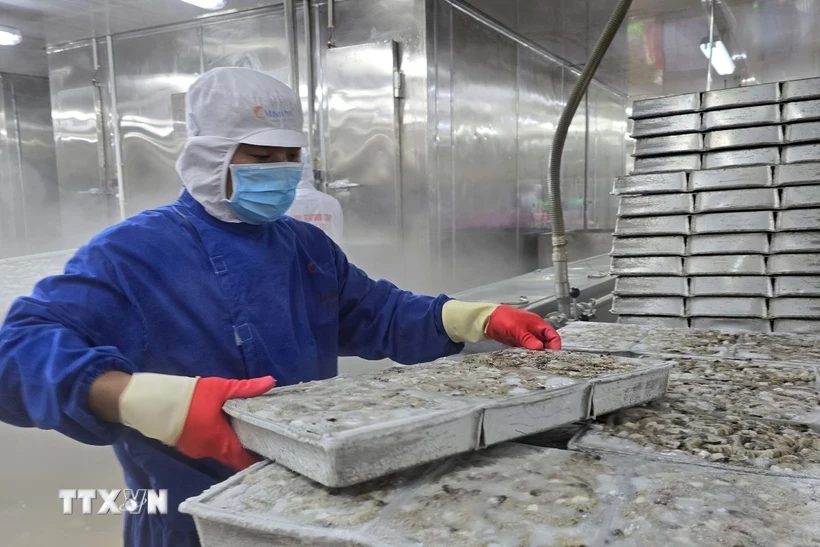








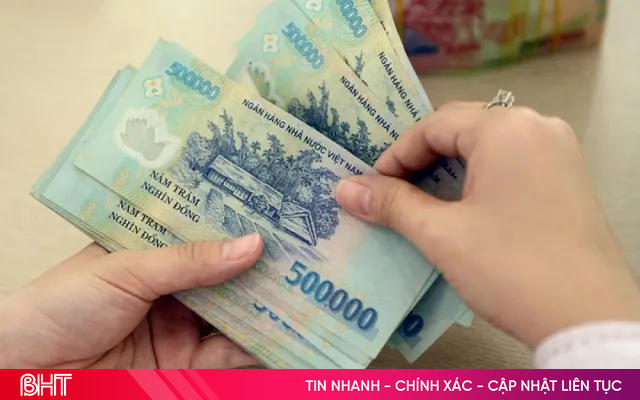

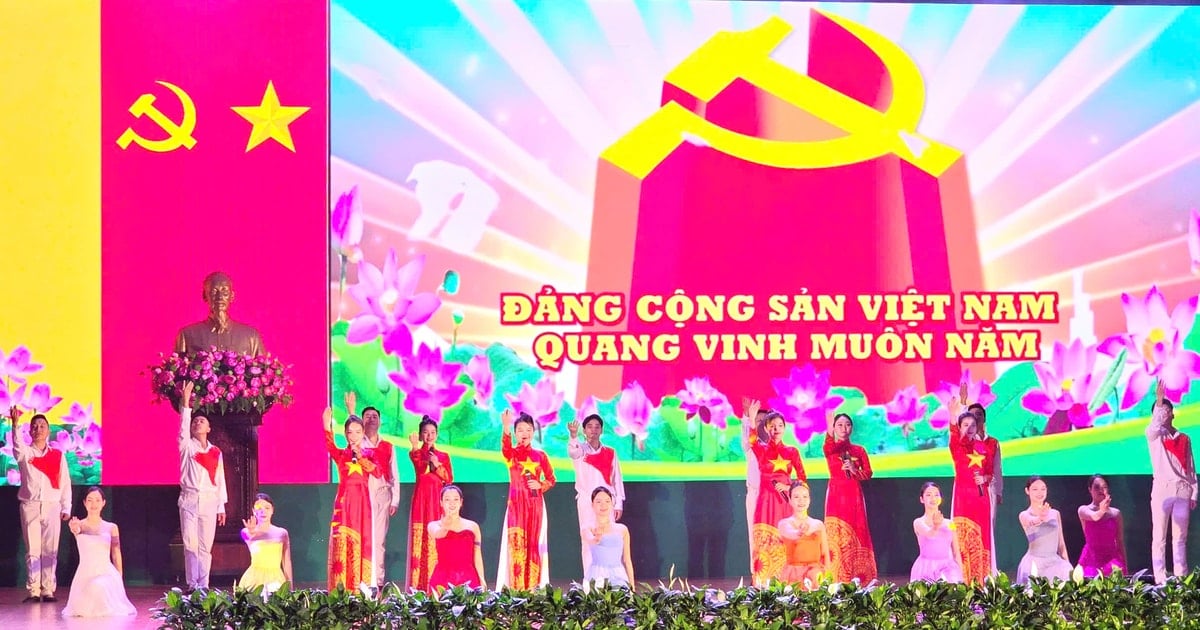


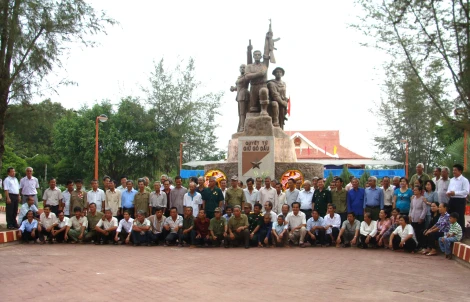

![[Podcast] News on March 24, 2025](https://vstatic.vietnam.vn/vietnam/resource/IMAGE/2025/4/3/f5fa1c3a9ae14d4590ac6965d233586b)












Comment (0)